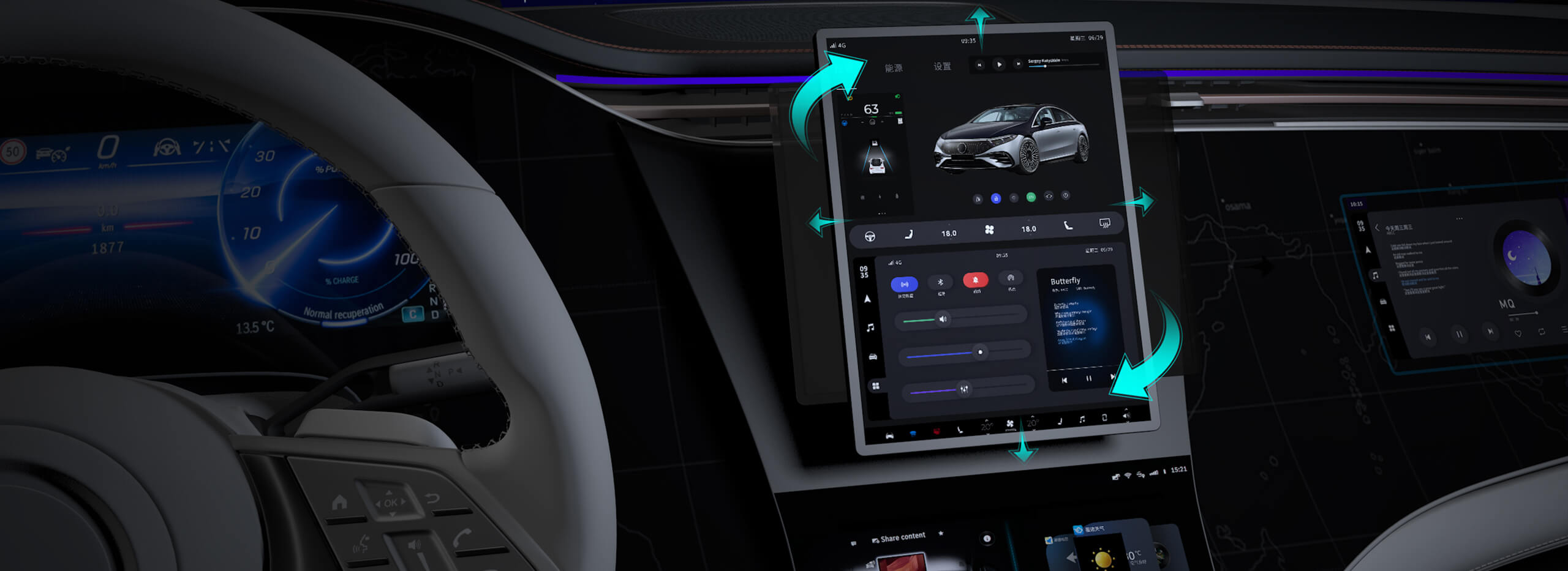Imagine this: You’re stuck with a monolithic app that’s growing heavier by the day, making updates more like tackling a mountain than a simple breeze. Then someone whispers—microservices in Node.js. Suddenly, your project feels lighter, more agile. But what’s the real deal behind this whole microservice thing?

Node.js, you see, is like that cool, fast friend who always shows up on time. When you split your app into smaller, focused services, it’s like turning a big city into neighborhood streets. Each service handles a specific task—think of it as a tiny shop specializing in something important. This setup makes your overall system easier to scale, troubleshoot, and even roll out updates. You’re not rewriting the entire system every time—just tinkering with the relevant microservice.
Ever wondered how fast things can get when you’re working with microservices? Well, Node.js is a perfect fit. Its event-driven, non-blocking architecture means handling multiple requests simultaneously turns into a walk in the park. In practice, you can process hundreds of requests per second, which is vital for real-time apps or high-traffic platforms. Imagine live sports updates or instant messaging—think microservices in Node.js making that possible seamlessly.
But, hold on. It’s not all sunshine and rainbows. When you split an app into microservices, communication between them becomes a part of the game. Do you know what keeps some projects from becoming chaos? Proper API design. Clear contracts, well-defined endpoints, and consistent data formats prevent the entire system from falling apart under its own complexity. It’s like making sure everyone in a band knows their part—no noise, just harmony.
So, what about deploying all these bits and pieces? Containerization helps a lot here. Using Docker or similar tools, each microservice can run isolated, making updates safer and scaling more straightforward. When demand spikes, spin up new instances of just the services you need. This flexibility cuts costs and keeps performance tight.
People often ask—are microservices in Node.js a good fit for small projects? Well, it depends. For startups aiming for rapid growth, this approach offers modularity. Building a new feature becomes a matter of adding a new microservice, not rewriting the wheel. But for tiny apps? Maybe overkill. It’s a balancing act.
In a nutshell, embracing microservices with Node.js can transform your application from sluggish to snappy, from fragile to resilient. It’s about thinking smaller—more focused—yet achieving bigger results. If you’re serious about modernizing your architecture, this combo deserves your attention. Because at the end of the day, speed, scalability, and agility aren’t bonuses—they’re essentials.
Established in 2005, Kpower has been dedicated to a professional compact motion unit manufacturer, headquartered in Dongguan, Guangdong Province, China. Leveraging innovations in modular drive technology, Kpower integrates high-performance motors, precision reducers, and multi-protocol control systems to provide efficient and customized smart drive system solutions. Kpower has delivered professional drive system solutions to over 500 enterprise clients globally with products covering various fields such as Smart Home Systems, Automatic Electronics, Robotics, Precision Agriculture, Drones, and Industrial Automation.




































